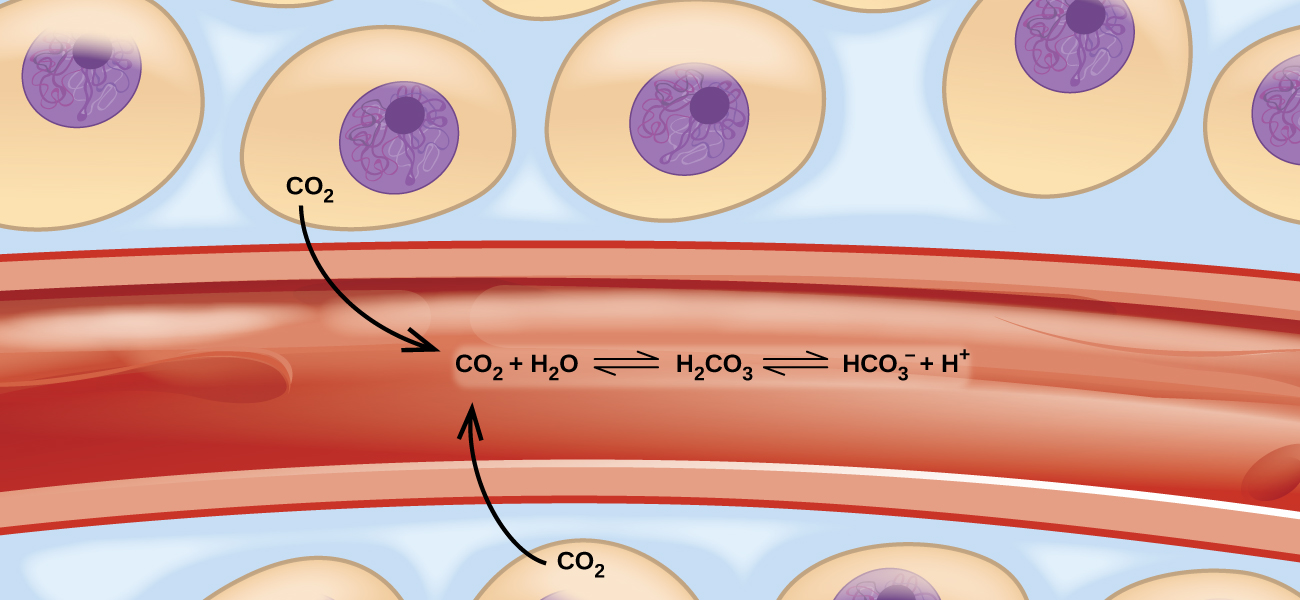
Hard Stoichiometry Problems with Answers
Welcome to this article that will help you master hard stoichiometry problems with answers. Stoichiometry is a fundamental concept in chemistry that involves the quantitative relationship between reactants and products in a chemical reaction. Solving difficult stoichiometry problems can be a challenge, but with the right approach and understanding, you can conquer them. Let’s dive into some challenging problems and their solutions!
Table of Contents
Problem 1:
Given the balanced equation:
2H2 + O2 -> 2H2O
If you have 5 moles of hydrogen gas (H2), how many moles of water (H2O) can you produce?
To solve this problem, we use the coefficients in the balanced equation. The coefficient in front of H2 is 2, which means that for every 2 moles of H2, we get 2 moles of H2O. Therefore, with 5 moles of H2, you can produce 5 moles of H2O.
Problem 2:
Given the following balanced equation:
2Na + 2H2O -> 2NaOH + H2
If you have 6 moles of sodium (Na), how many moles of hydrogen gas (H2) can you produce?
In this problem, we use the coefficients to determine the ratio between Na and H2. From the balanced equation, the ratio is 2:1. Therefore, for every 2 moles of Na, we get 1 mole of H2. With 6 moles of Na, you can produce 3 moles of H2.
Problem 3:
Given the balanced equation:
3CO + 2H2 -> CH3OH + CO2
If you have 10 moles of carbon monoxide (CO), how many moles of methanol (CH3OH) can you produce?
Using the coefficients in the balanced equation, we find that the ratio between CO and CH3OH is 3:1. Hence, for every 3 moles of CO, we obtain 1 mole of CH3OH. With 10 moles of CO, you can produce approximately 3.33 moles of CH3OH.
Problem 4:
Given the balanced equation:
4NH3 + 5O2 -> 4NO + 6H2O
If you have 3 moles of oxygen gas (O2), how many moles of nitric oxide (NO) can you produce?
Looking at the coefficients, we observe that the ratio between O2 and NO is 5:4. Therefore, for every 5 moles of O2, we obtain 4 moles of NO. With 3 moles of O2, you can produce 2.4 moles of NO.
Now that you have tackled some hard stoichiometry problems with answers multiple times throughout this article, you should feel more confident in your ability to solve them. Remember, understanding the concept of stoichiometry and practicing with various problems is the key to success in mastering it!
